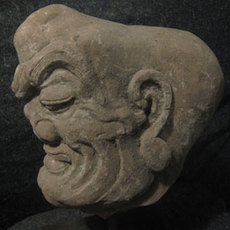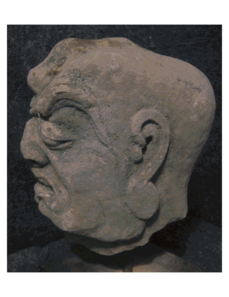This week’s East coast earth quake prompted people to ask about the capital’s museums — what cracks occurred, and so on. The Smithsonian took a big hit, and its “castle” remains closed.
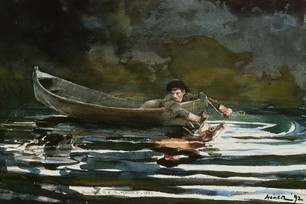 There’s a broader question, though, which was raised a couple of years ago by Heritage Preservation in the wake, I think, of 9/11.
There’s a broader question, though, which was raised a couple of years ago by Heritage Preservation in the wake, I think, of 9/11.
Maybe that’s what prompted the Washington Post to write this article, “Curator Andrew Robison Decides What Goes into National Gallery’s Emergency Box,” published on Aug. 14. (At left is one work in the box; the WashPost has a slide show at the above link with more…)
Truth is, America’s arts institutions were woefully prepared for disasters back then, when HP surveyed them with the help of the Institute of Museum and Library Services and developed the Heritage Health Index. Despite grants awarded since then, I wonder how much progress has been made, given the national tendancy to flit from one issue to another without actually solving problems.
So I commend the WashPost for raising awareness of the issue in a feature, though I wonder why it decided (agreed?) to focus on the NGA curator who handles only “prints, watercolors, drawings and rare illustrated books.”
Still, the article provides some details of how Robison is caring for/planning for the works in his domain, to wit:
In the two storerooms that Robison asked not be photographed or their locations disclosed, the black, cloth-lined boxes, each the shape of very large books, bear the label “WW3,” drawn in calligraphy. These in-case-of-World-War-III containers lie ready for any possibility, and in Robison’s absence, security guards have a floor plan that shows their exact location, like an X on a pirate map.
…To merit inclusion in the box, each work gets a thorough going-over by Robison’s team. The first criterion is aesthetic: Is it pleasing to the eye, well-made in both concept and execution? Next, historic: does it say enough about when it was made and who made it? Of all the moments of human history to which art can transport us, is this one worth remembering?
And then he has a more nebulous but convincing factor that Robison merely calls “power.” Of all the things that could be demonstrated with lines on paper, does this — through imagery alone — have a pronounced psychological impact? Does it change minds, just by viewing it?
But it says nothing about the rest of the NGA’s collection, which is of far greater concern in a disaster.
The article also has this fascinating comment: “In fact, only 27 percent of what Robison first put in the boxes in 1979 is still inside them.” Has taste, value, really changed that much in 32 years?
With Hurricane Irene bearing down on the east coast, not to mention the coming 10th anniversary of 9/11, I hope arts institutions around the country are having deep discussions about their emergency preparedness. If they’re not doing what the NGA is, they should be doing something similar.
Photo Credit: Courtesy of the NGA


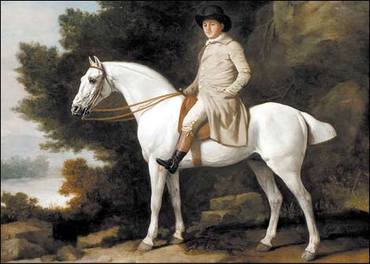
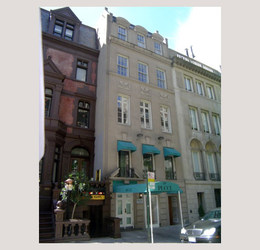
 “Modern” is to be taken seriously — these are not in any way contemporary. Their names include Van Gogh, Monet, Beckmann, de Chirico, and Dalà and all the works were made between 1860 and 1960.
“Modern” is to be taken seriously — these are not in any way contemporary. Their names include Van Gogh, Monet, Beckmann, de Chirico, and Dalà and all the works were made between 1860 and 1960.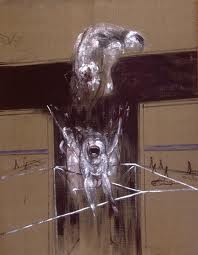 So, Vermeer’s Girl with a Pearl Earring, 1665, will be installed next to DalÃ’s Couple aux têtes pleines de nuages, 1936 (below) — to encourage people to see “surprisingly similar silhouette and colouring effects.” In another room, Rogier van der Weyden’s Lamentation of Christ (above) will be hung next to Francis Bacon’s Fragment of a Crucifixion (at right), showing two interpretations of the passion of Christ.
So, Vermeer’s Girl with a Pearl Earring, 1665, will be installed next to DalÃ’s Couple aux têtes pleines de nuages, 1936 (below) — to encourage people to see “surprisingly similar silhouette and colouring effects.” In another room, Rogier van der Weyden’s Lamentation of Christ (above) will be hung next to Francis Bacon’s Fragment of a Crucifixion (at right), showing two interpretations of the passion of Christ.  This is a wonderful way for museums whose collections do not encompass modern and contemporary art to include those eras in their programs — and, I think, the other way around, too. Now wouldn’t that be nice, if a very contemporary museum brought in older works and made the comparison. (
This is a wonderful way for museums whose collections do not encompass modern and contemporary art to include those eras in their programs — and, I think, the other way around, too. Now wouldn’t that be nice, if a very contemporary museum brought in older works and made the comparison. (